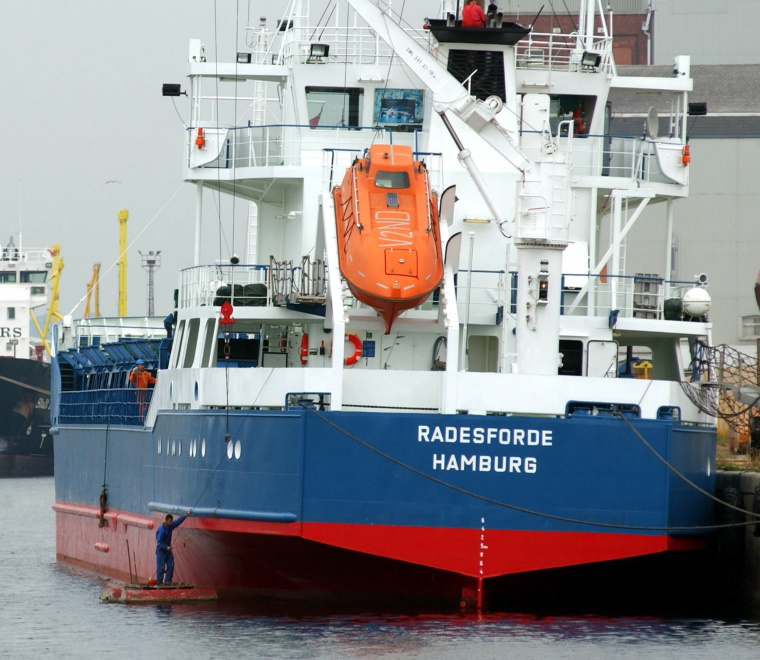

10 things you might not know about the UK Port Marine Safety Code
The Port Marine Safety Code sets a national standard for all aspects of port marine safety. Its aim is to enhance safety for everyone who uses or works in the UK port marine environment.
New guidance has recently been released by DfT and MCA to promote Port Marine Safety Code good practice.
Here are 10 things you might not know about the Code:
1. The ‘Port Marine Safety Code’ was created following the grounding of the vessel ‘Sea Empress’ in 1996, the report of which recommended a ‘Marine Operations Code for Ports’ should be developed.
2. The Code has been revised at least every three years; the latest version (published in November 2016) contains a set of 10 key measures to achieving compliance.
3. The Code sets the National standard for port marine safety. It applies to Statutory Harbour Authorities, and all other ‘organisations’ operating marine facilities.
4. A key requirement of the Code is the formal identification of a Duty Holder, who is accountable for compliance with the Code.
5. It is strongly recommended that a Marine Safety Management System is implemented incorporating safety policies and procedures to control marine risk, this should be underpinned by formal risk assessment processes.
6. Compliance statements are requested every three years by the MCA, the next round of statements are due on, or before 31st March 2018. It is the Duty Holder’s responsibility to sign the compliance statement.
7. Auditing is a key component of measuring compliance with the Code, it is suggested that internal audits occur every year, and external audits are conducted every three years.
8. The Code is updated through a working group with representatives from the ports, shipping and the towage industry, plus regulators such as Trinity House, the UKHO, DfT and the MCA.
9. The Code is accompanied by ‘A Guide to Good Practice on Port Marine Operations: Prepared in Conjunction with the Port Marine Safety Code 2016’. This was published in February 2017.
10. The guide supplements the Code, and contains guidance on a number port and marine facility management practices. Like the Code, the Guide does not have any legal force, though it does refer to existing legal powers and duties.
You can read and download the Code at the GOV.UK website.
If you require any assistance in creating a Marine Safety Management System, carry out navigational risk assessments, PMSC related training or understanding your compliance status; please do not hesitate to contact ABPmer.
This article was prepared by Monty Smedley, Maritime Specialist, and is part of our "Did You Know?" series.


